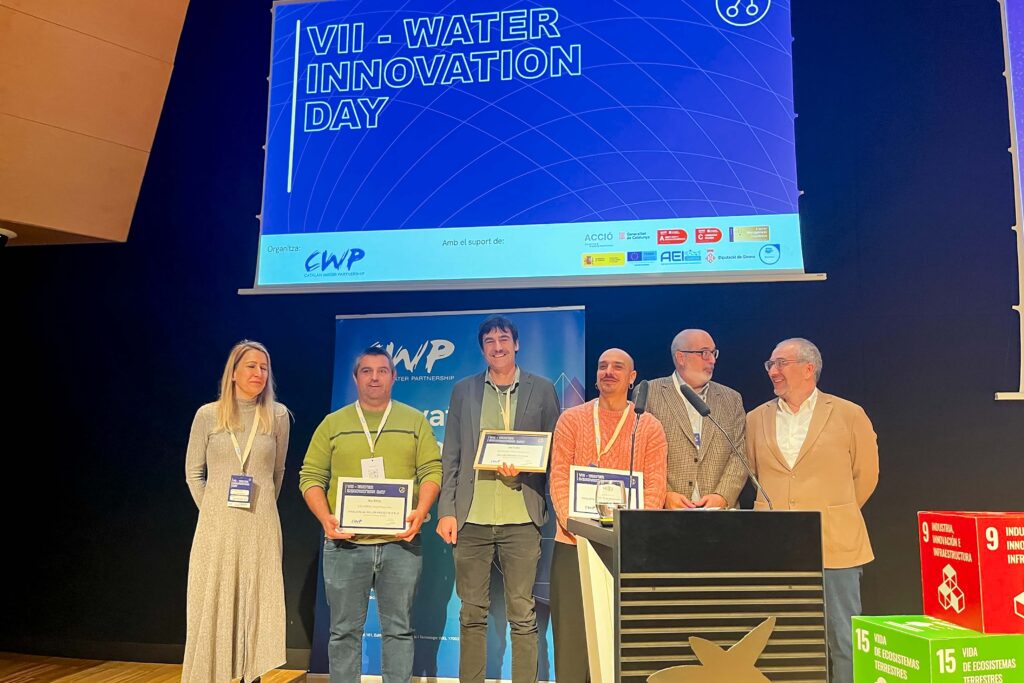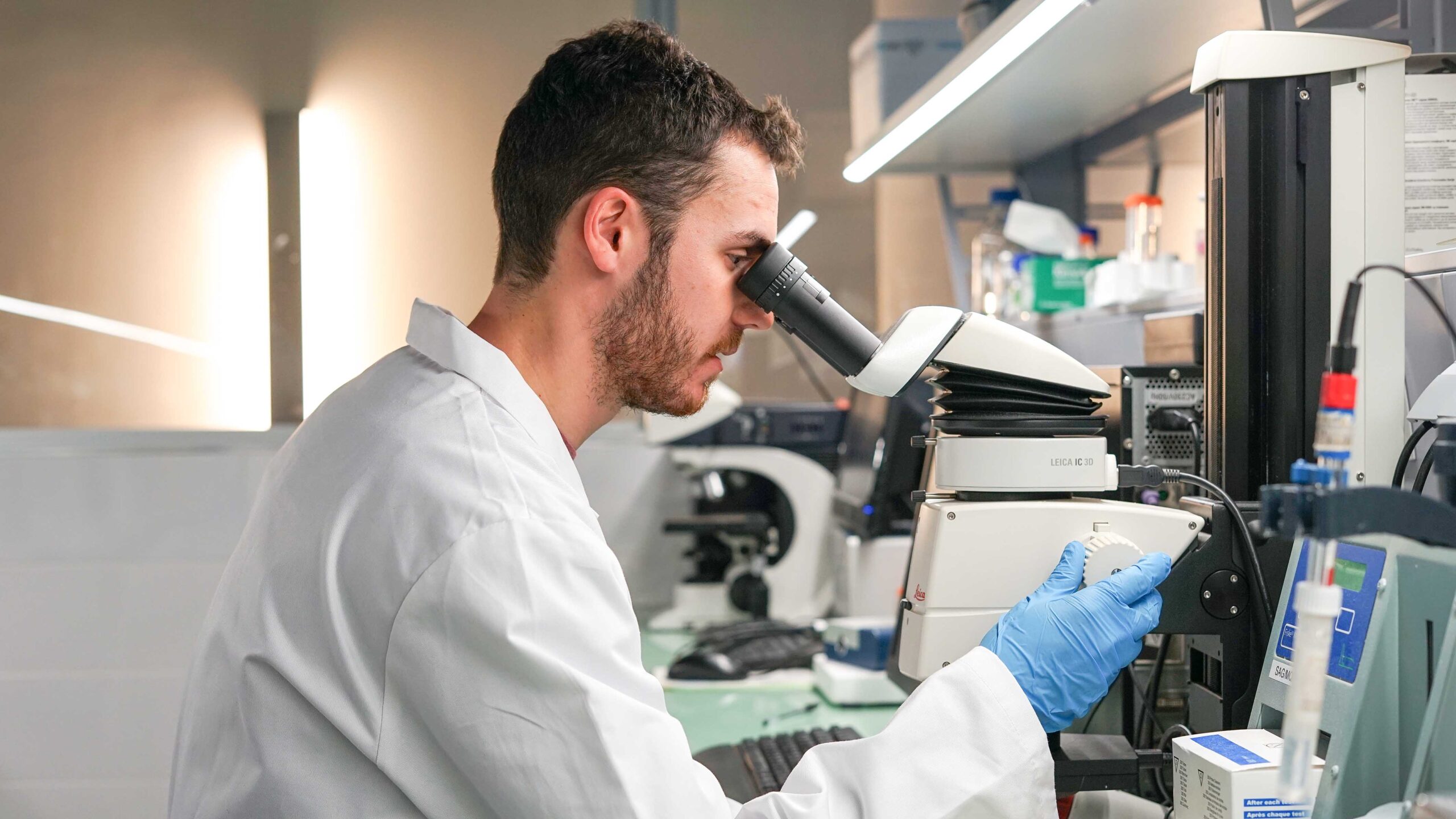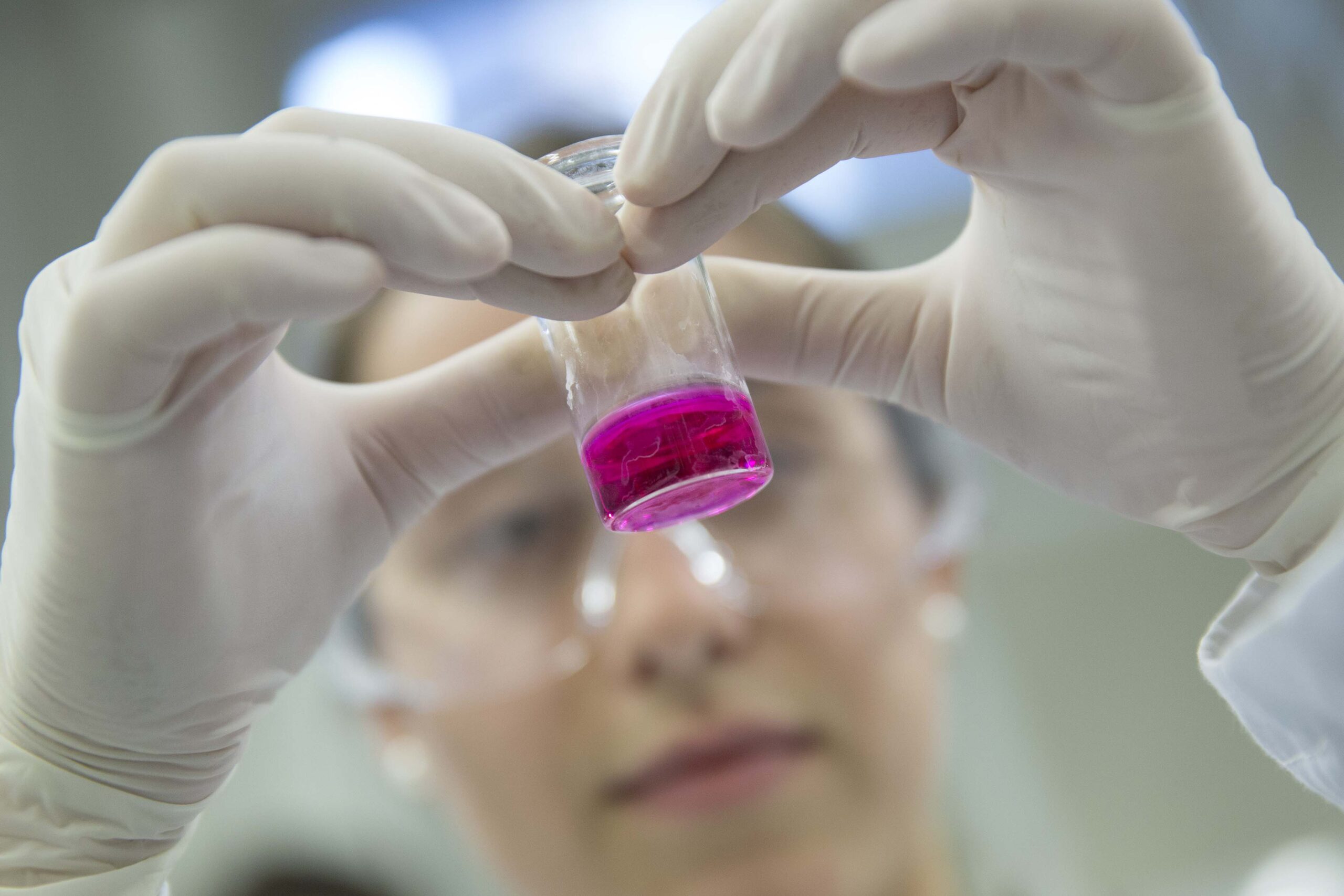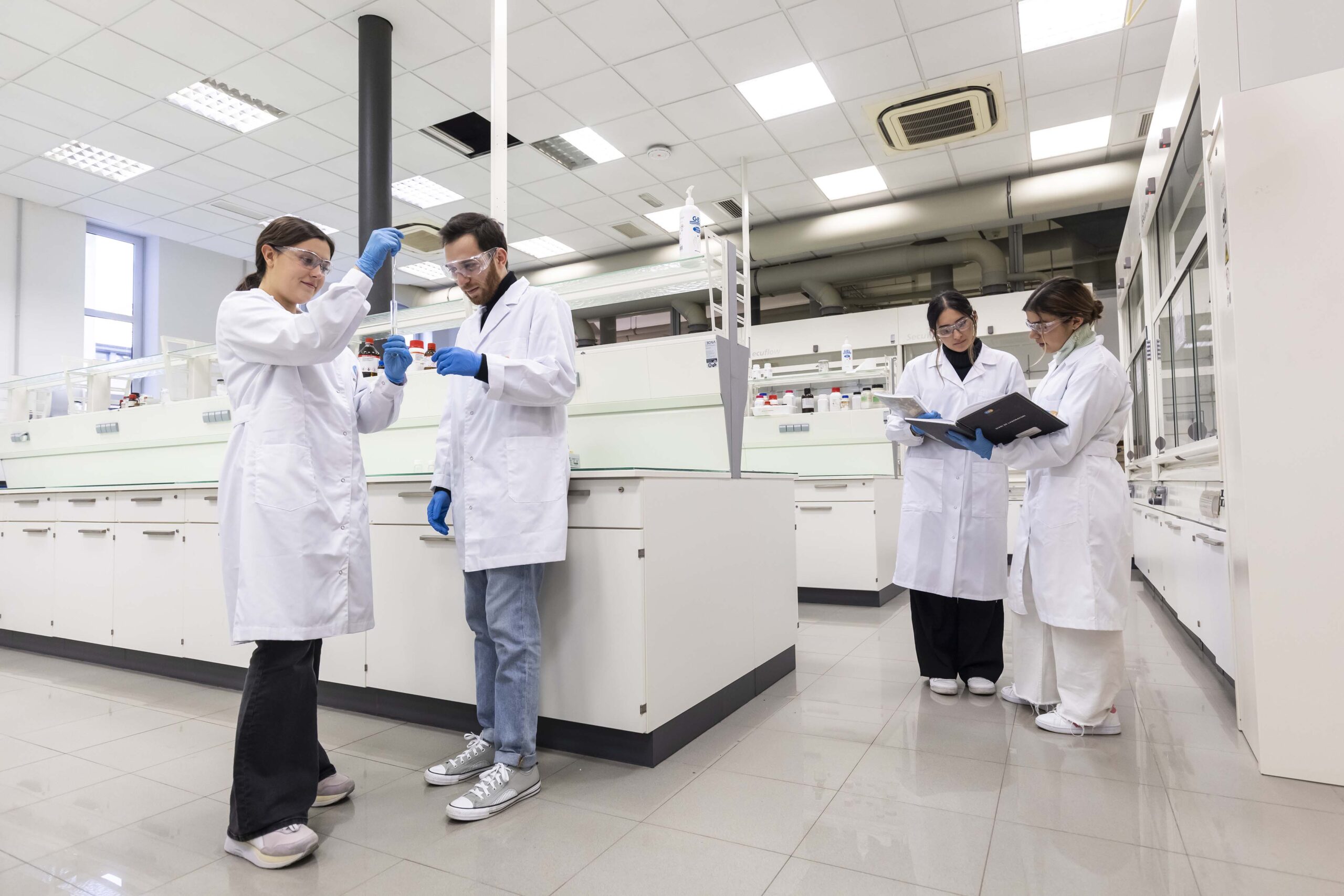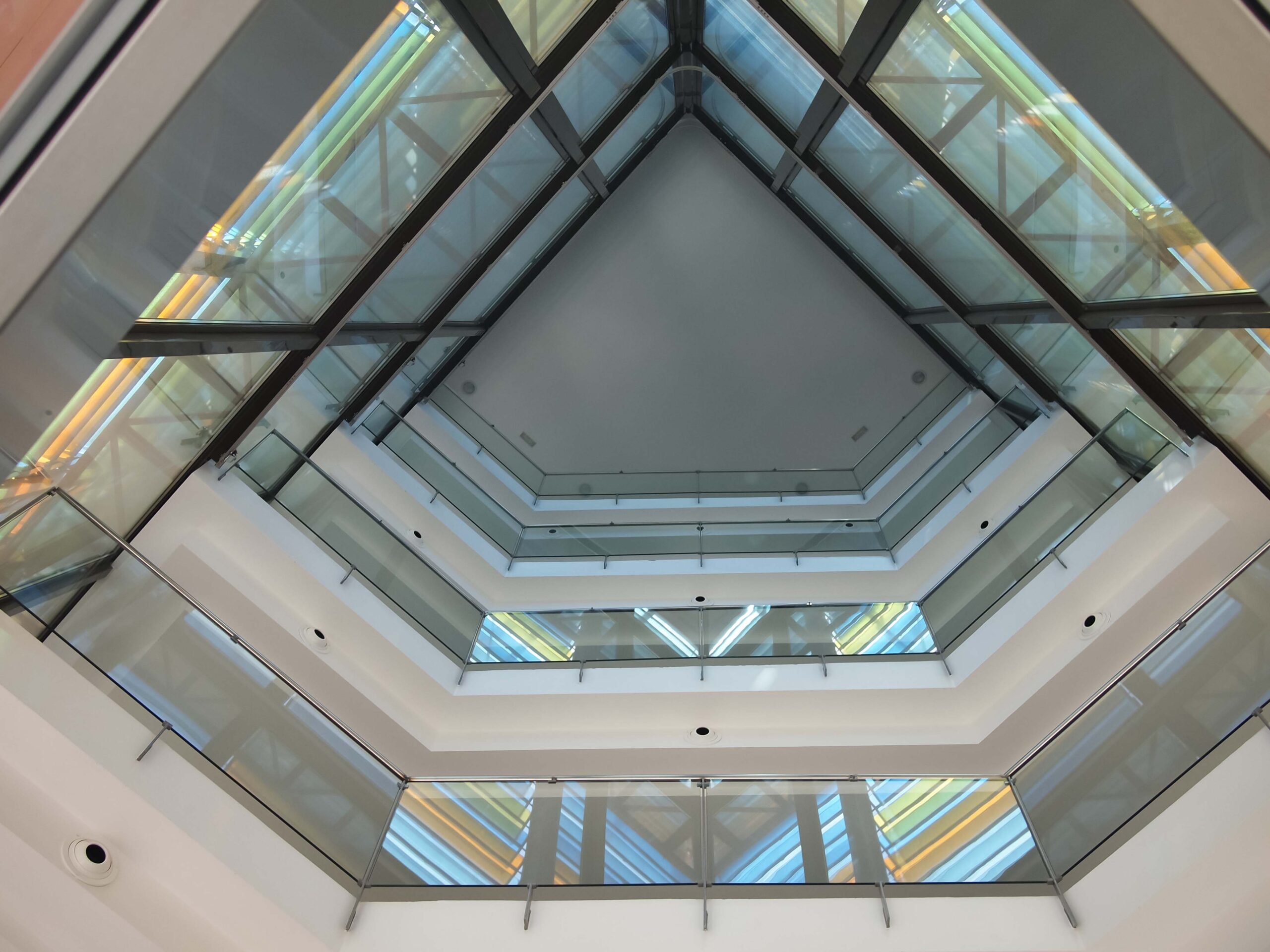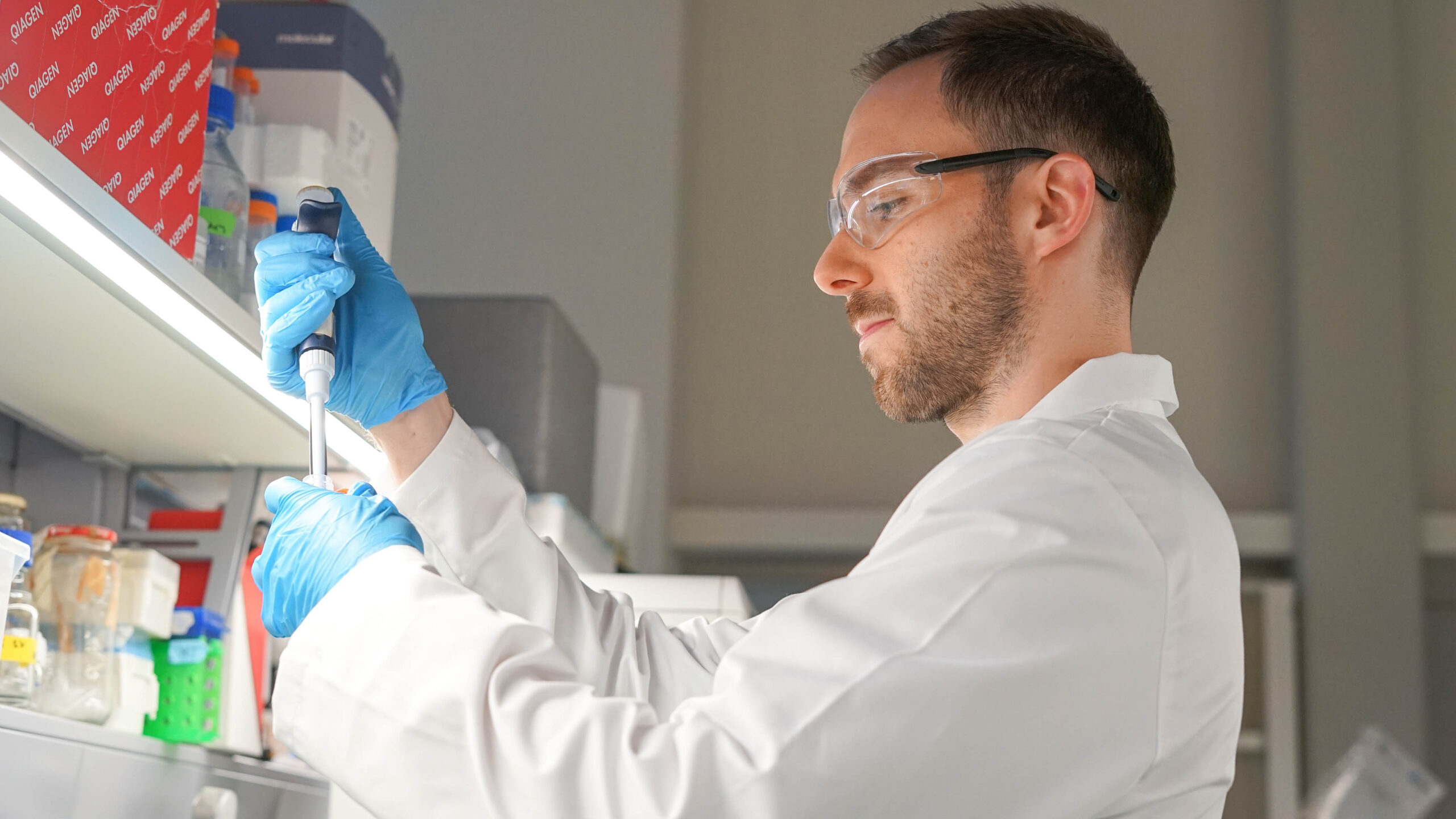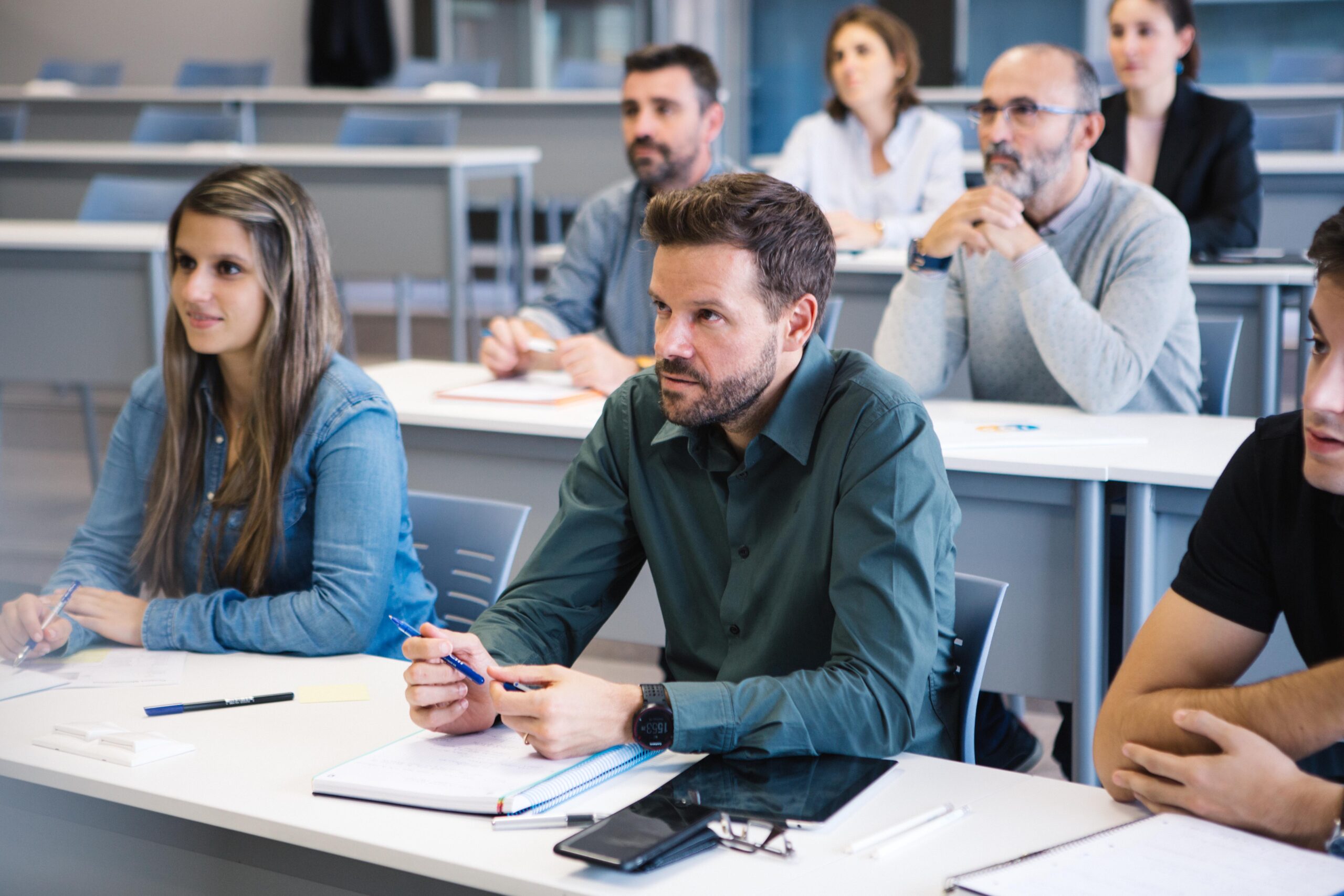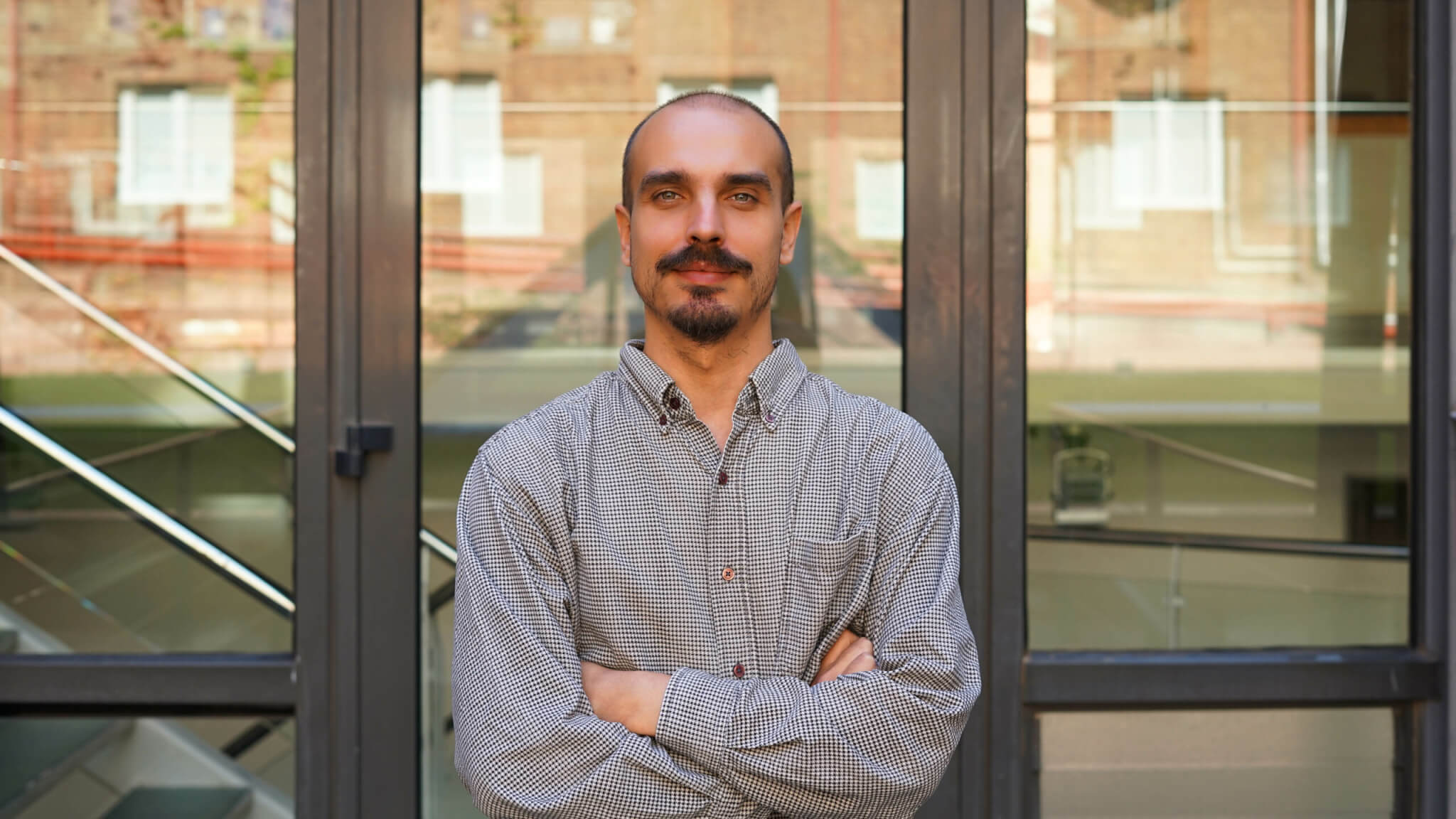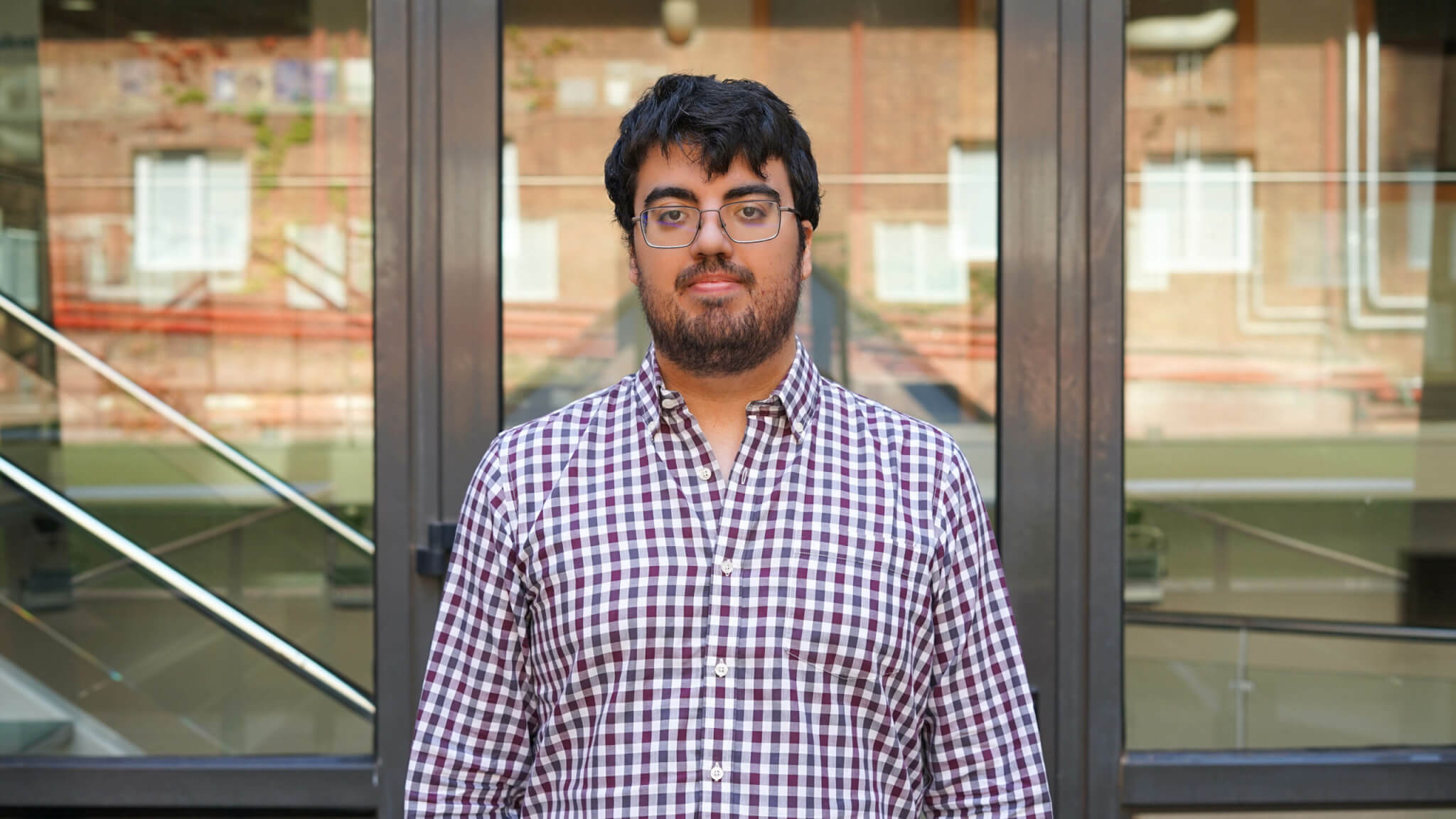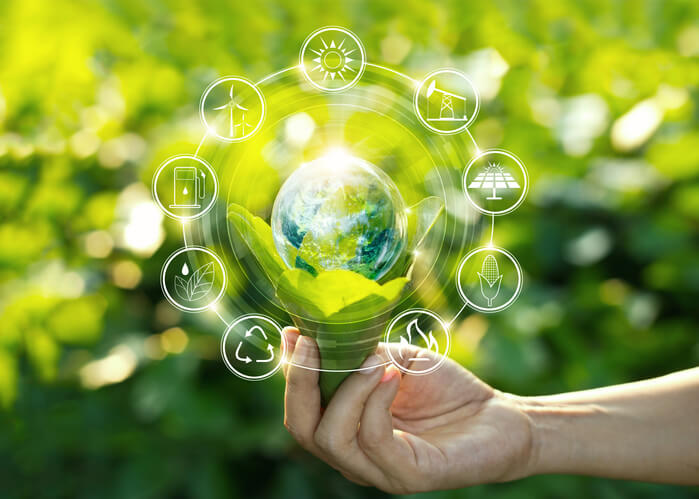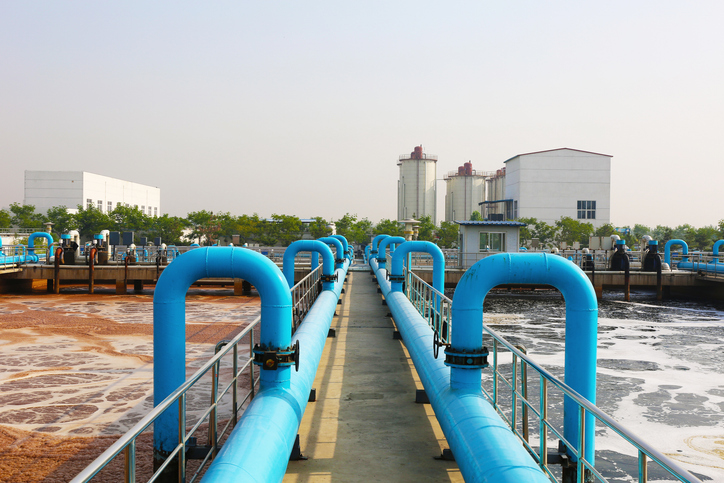In the IQS Environmental Process Engineering and Simulation Group (GESPA), Dr Yeray Asensio Ramírez and Dr Daniel Vázquez Vázquez are leading the M-AD-NESS project, which aims to develop anaerobic bioelectrochemical digesters and offer an innovative solution for the management and recovery of sludge from urban and industrial wastewater treatment plants (WWTPs), thereby maximizing the production of biomethane (90-94% methane content) on site and improving the quality of digestate in WWTPs. The M-AD-NESS project is funded by the Ministry of Science, Innovation, and Universities – State Research Agency (ref. PID2023-151826OA-l00), in the call for Knowledge Generation Projects 2023. Environmental science and technology. Environmental engineering.
Recovery of WWTP Sludge and Biogas Generation
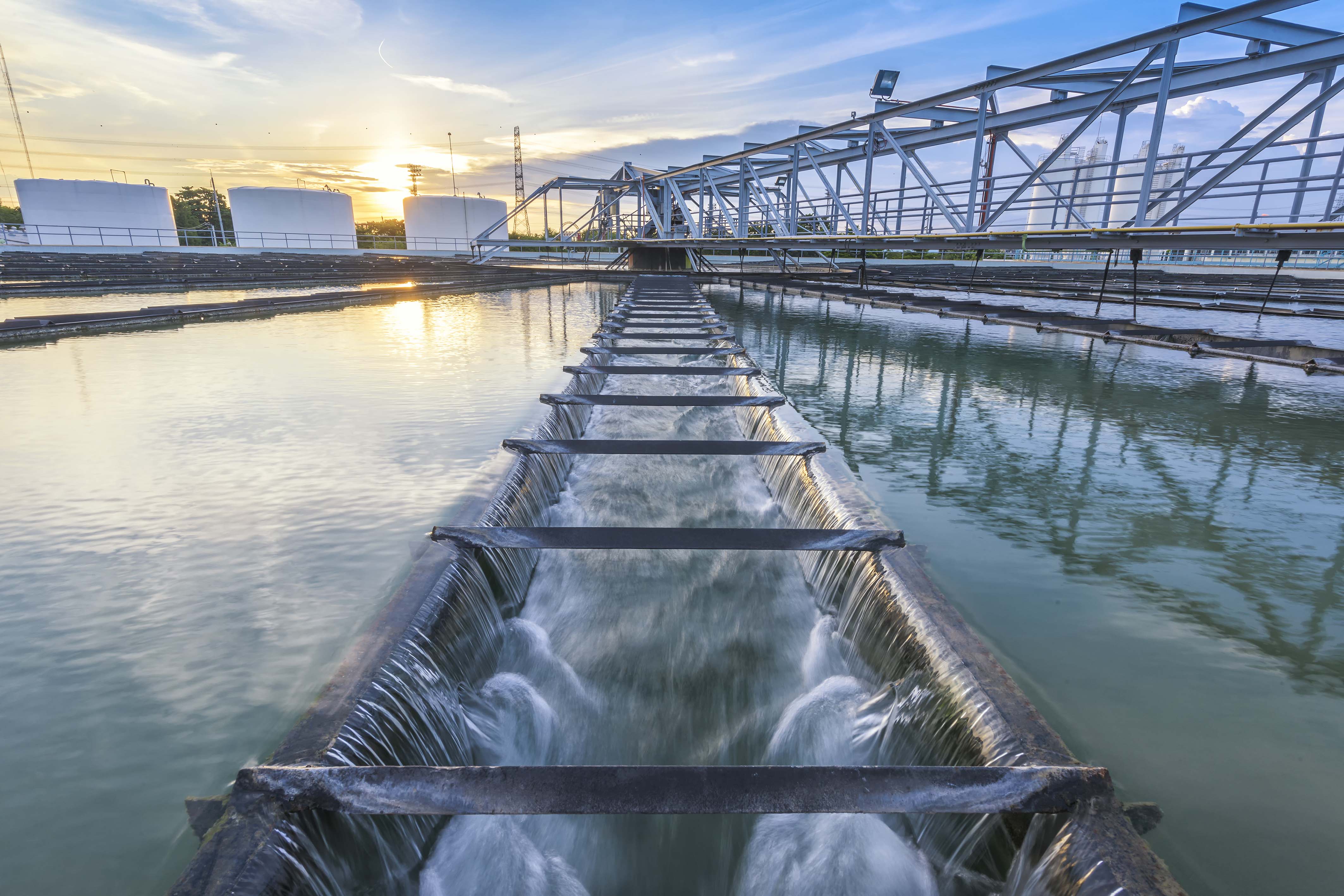
Faced with growing energy demand, the methane contained in the biogas produced from anaerobic treatment in WWTPs has emerged as a possible source of local energy in addition to offering the ability to efficiently manage, and recover above all, the growing volumes of urban waste, in this case WWTP sludge which must be treated to subsequently stabilize and sanitize it. Currently, the conventional sludge treatment system, through anaerobic digestion processes, is inefficient and does not guarantee its stabilization and sanitization to turn it into a value-added byproduct such as biofertilizer.
Moreover, from an energy point of view, the production of biogas in these processes is very limited due to the low efficiency of the technologies used in the treatments, resulting in gaseous mixtures that vary between approximately 50-65% in methane content (the target biofuel).
As a solution to this technological limitation, the scientific community has developed what is called DUAL anaerobic digestion, carried out in two anaerobic digesters that operate in two specific temperature ranges. There is an initial reactor that operates at thermophilic temperatures, in which organic matter is hydrolyzed (increasing the concentration of volatile fatty acids), then an anaerobic reactor that operates at mesophilic temperatures in which the oxidation of organic matter is supported to produce biogas. However, despite the improvement to the methane content in biogas, the range of concentrations does not allow it to be called biomethane, since the CO2 content in biogas through this technology is still relevant (15-20%).
Comprehensive improvement of anaerobic digestion
Within this context, the IQS M-AD-NESS project proposes adding microbial electrochemical technologies, or bioelectrochemicals, to dual anaerobic digestion processes. The incorporation of electrically conductive electrodes represents a tool for improvement and efficiency in overall treatment processes, as well as an advance in the state of the art of bioelectrochemical technologies, from a comprehensive process point of view and following the principles of the circular economy.
The system proposed by this project (two digesters, working at two temperatures, and incorporating electrically conductive electrodes) will allow two high value-added products to be obtained from the urban waste that makes up WWTP sludge:
- On the one hand, it is a treated sludge that complies with the European Standard and the U.S. EPA Standard that can be reused, used as a biofertilizer, and go from being a waste to being a value-added product.
- On the other hand, it is a low-cost biogas with a minimum methane concentration of 90% (biomethane) that supports, through bioelectrochemical stimulation, the reduction of the CO2 contained in the biogas, converting it into methane (bioelectromethaneation process).
Finally, and with the aim of minimizing the environmental footprint and optimizing the process conditions based on the experimental data obtained in the two digesters, a predictive model based on Machine Learning will be established to optimize the biomethane production performance based on the feed (sludge) and process conditions.ng para optimizar el rendimiento de producción de biometano a partir de las condiciones de alimentación (fangos) y de proceso.

VII – Water Innovation Day
On 20 February, the 7th Water Innovation Day was held in the Auditorium of the CosmoCaixa Science Museum, organized by the Catalan Water Partnership – CWP cluster. The event aimed to promote the transfer of knowledge and highlight the most outstanding technological and research innovations in the field of sustainable water use in Catalonia. In this 2025 edition, 15 projects related to this field of expertise were given a voice, with the M-AD-NESS project being one of groups selected to be presented in front of the public. Attendees selected the best R&D projects to recognize through awards, with Dr Yeray Asensio, Principal Investigator of the M-AD-NESS project, receiving the third place prize.
